About Cleft
Why is Cleft Lip and Cleft Palate Serious?
Cleft lip and cleft palate are complex health conditions that have profound impact on children. As a global leader, Operation Smile is a cleft care resource.
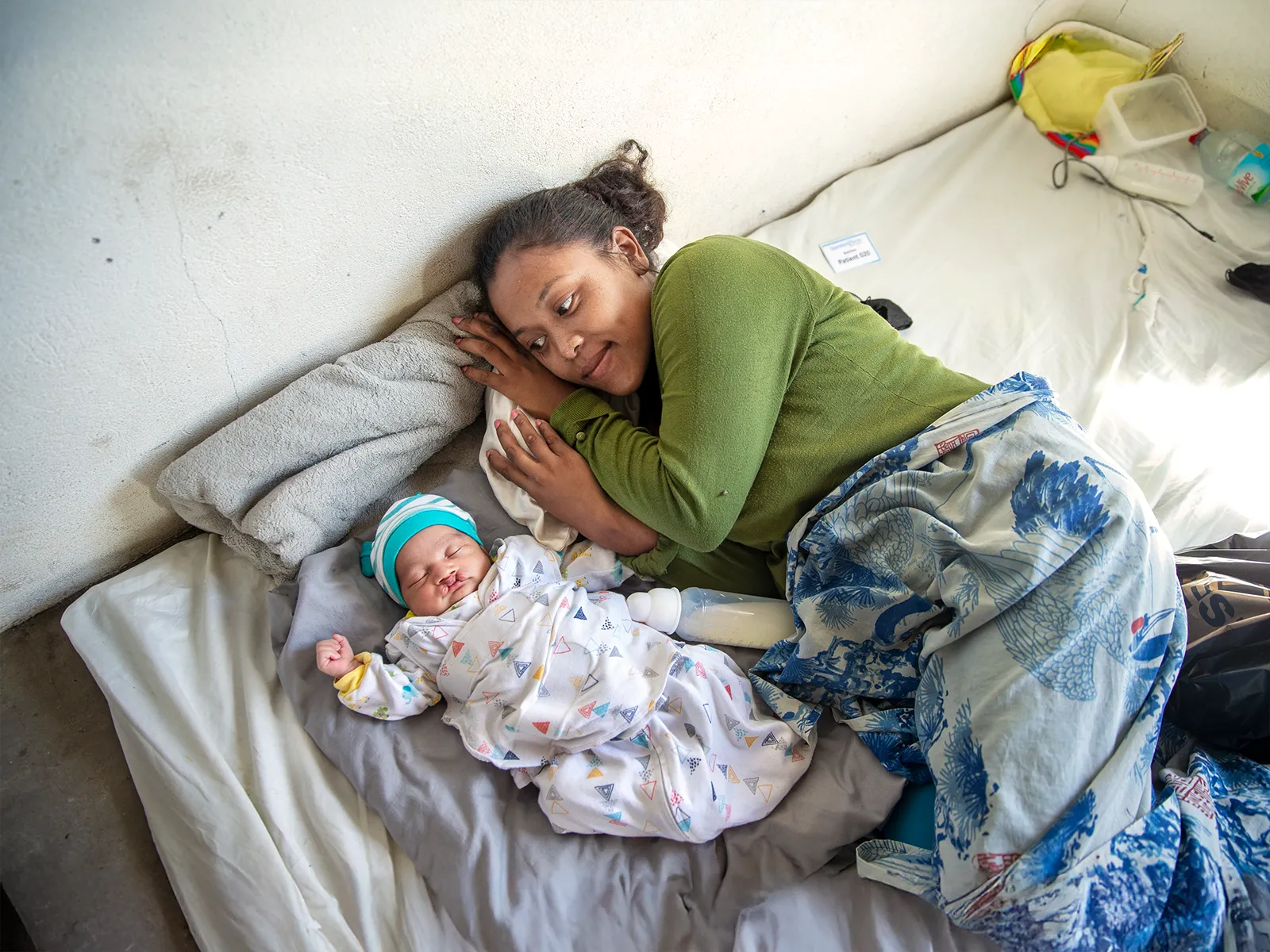
How Serious is Cleft Lip or Cleft Palate?
Clefts are serious health conditions that can cause significant physical, emotional, and social hardships for individuals and their families.
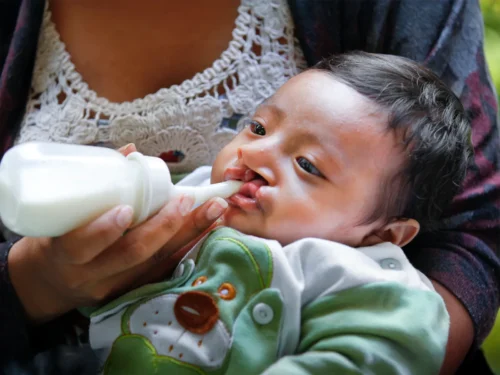
Malnutrition and Starvation
Cleft conditions make it difficult for newborns to latch and swallow during breast or bottle feeding. This can lead to malnutrition or even starvation.
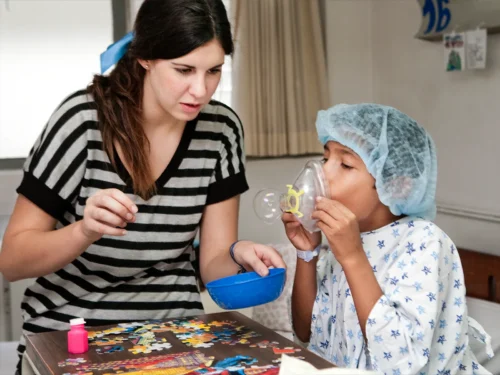
Breathing Difficulty
Cleft palate can disrupt nasal airflow, causing breathing difficulties, fatigue, and a higher risk of respiratory infections. It may also affect speech coordination, making steady airflow during speech more challenging.
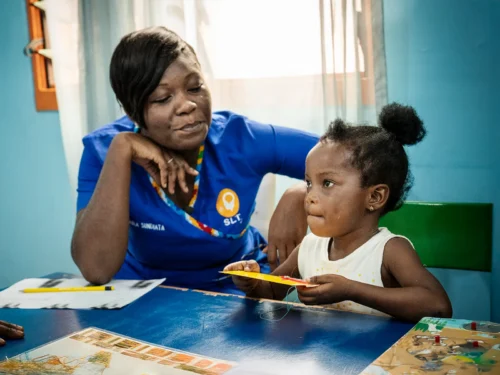
Ear Infections and Hearing Loss
Cleft palate, and sometimes cleft lip, can lead to chronic ear infections and hearing loss. With cleft conditions, altered palate function can trap fluid in the middle ear, increasing the risk of frequent infections.
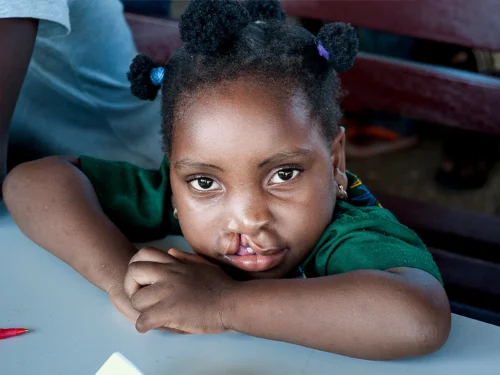
Speech and Language
Untreated cleft conditions can disrupt speech and language development during toddlerhood. Structural differences in the mouth, palate, and nasal passages can affect airflow, articulation, and sound clarity, making speech difficult to understand.
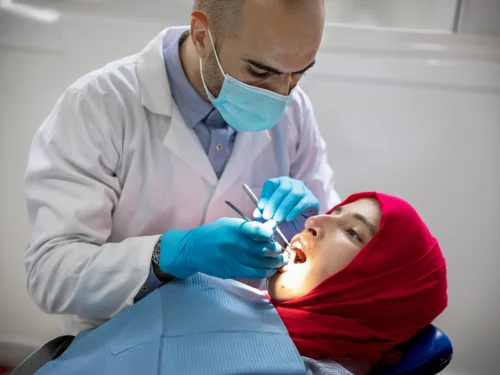
Dental Development
Cleft conditions can cause dental issues like missing, extra, or misaligned teeth, overcrowding, and increased risk of cavities. These differences also affect tongue position and teeth alignment, impacting speech development.

Economic Hardship and Poverty
Cleft conditions can create financial strain, especially in low- and middle-income countries where care is inaccessible. Treatment costs, speech and social challenges, and discrimination can limit education, employment, and fair wages, perpetuating poverty and inequality.
